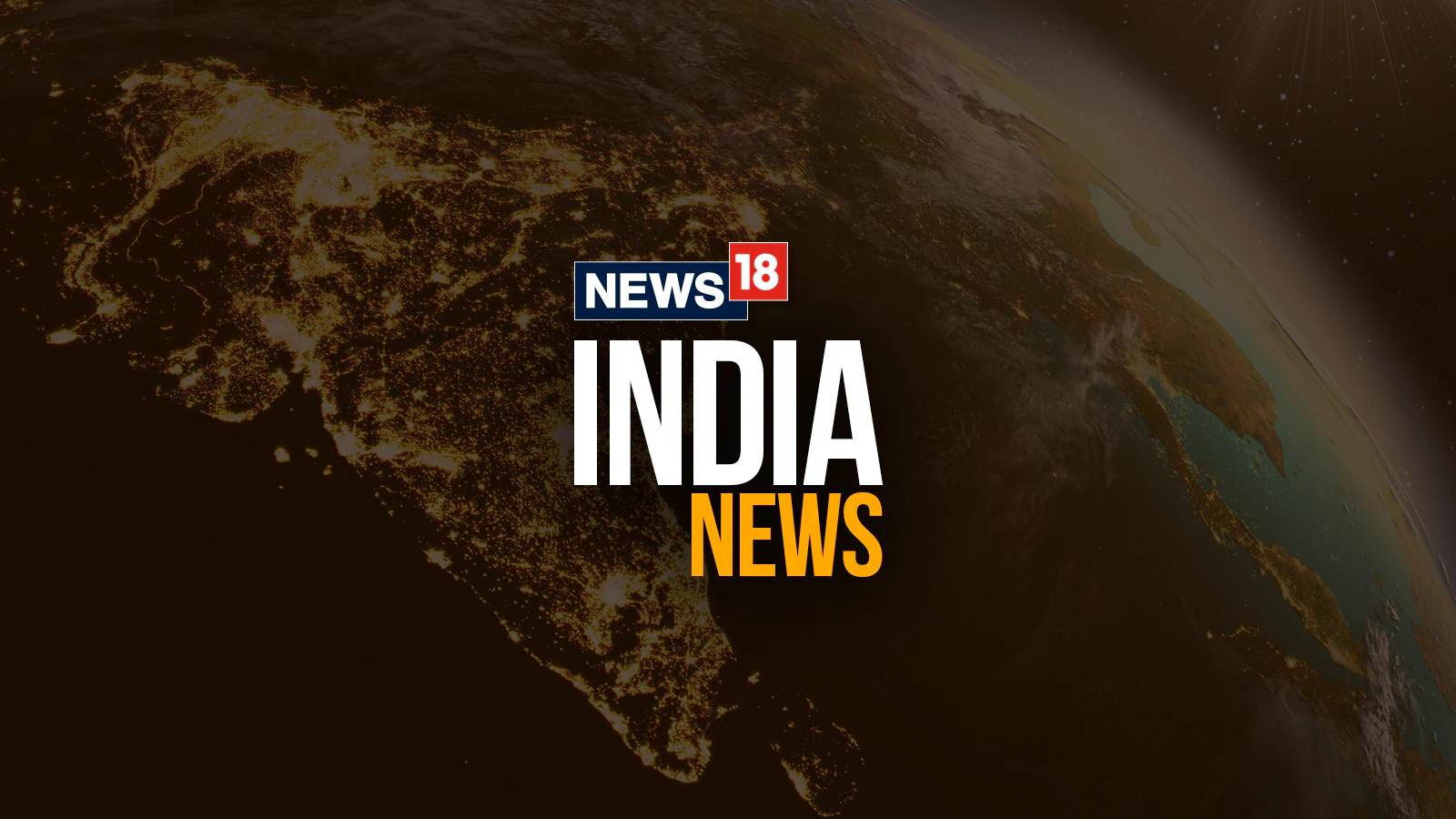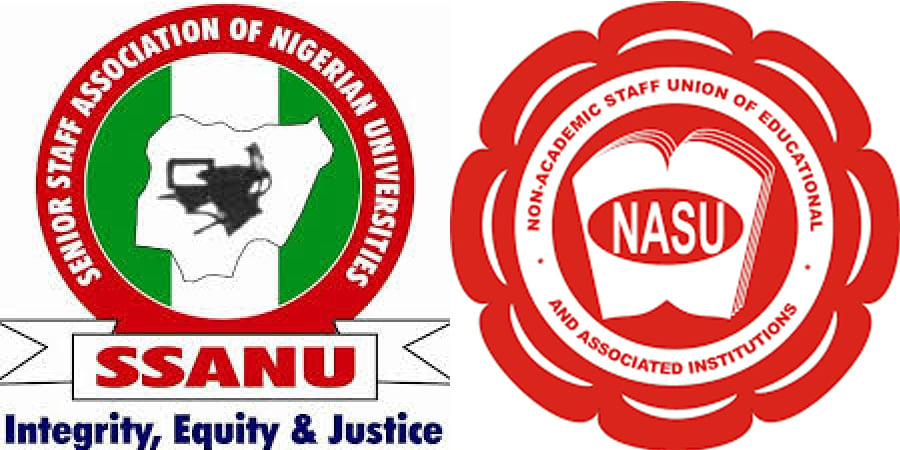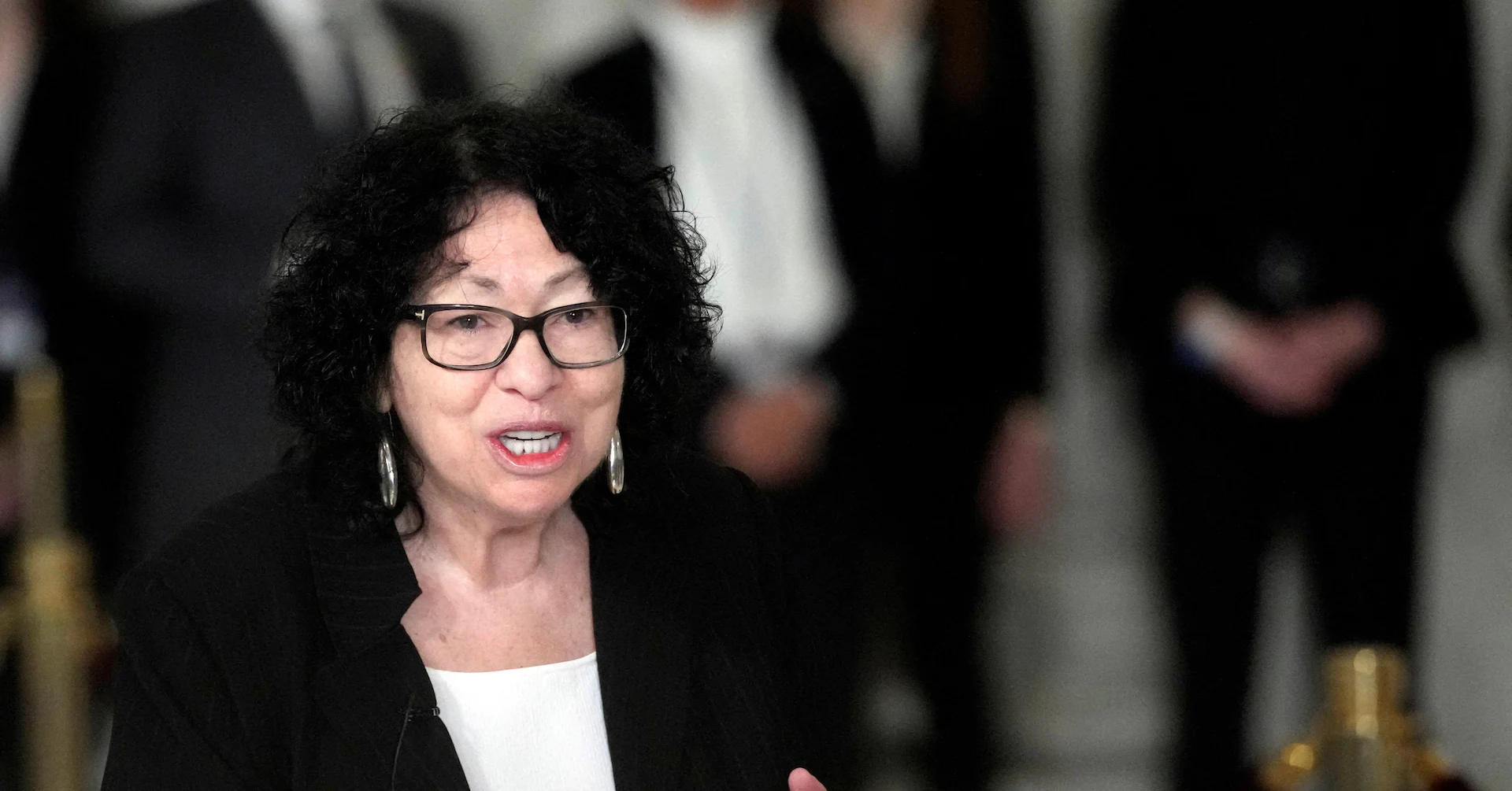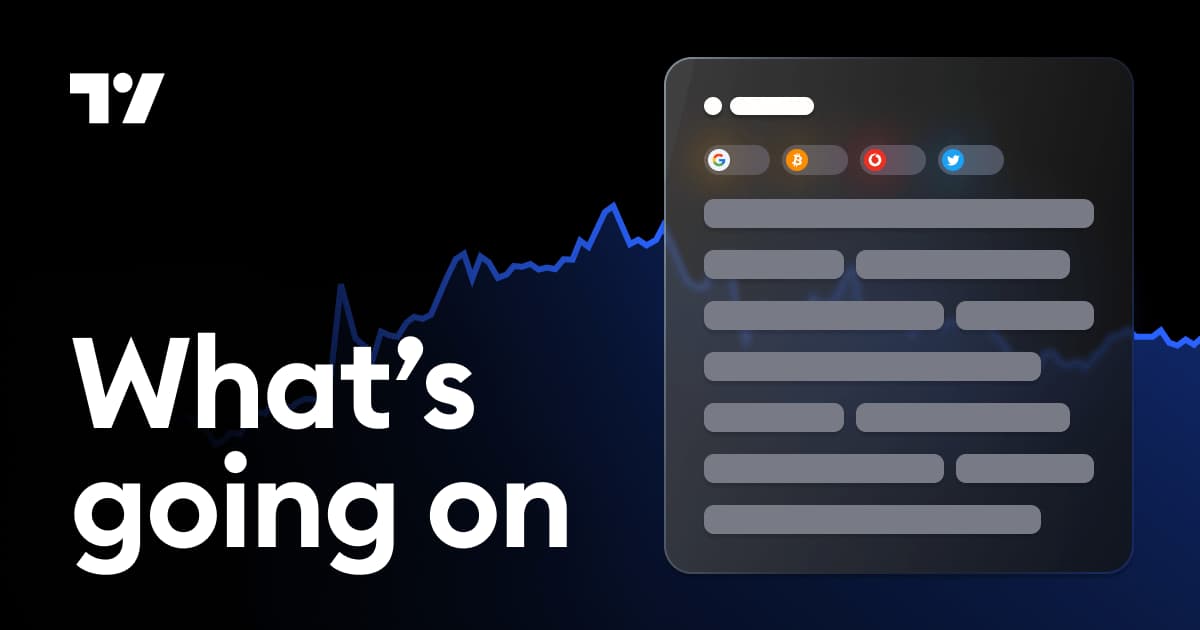By Andrew Hedgman
Copyright news
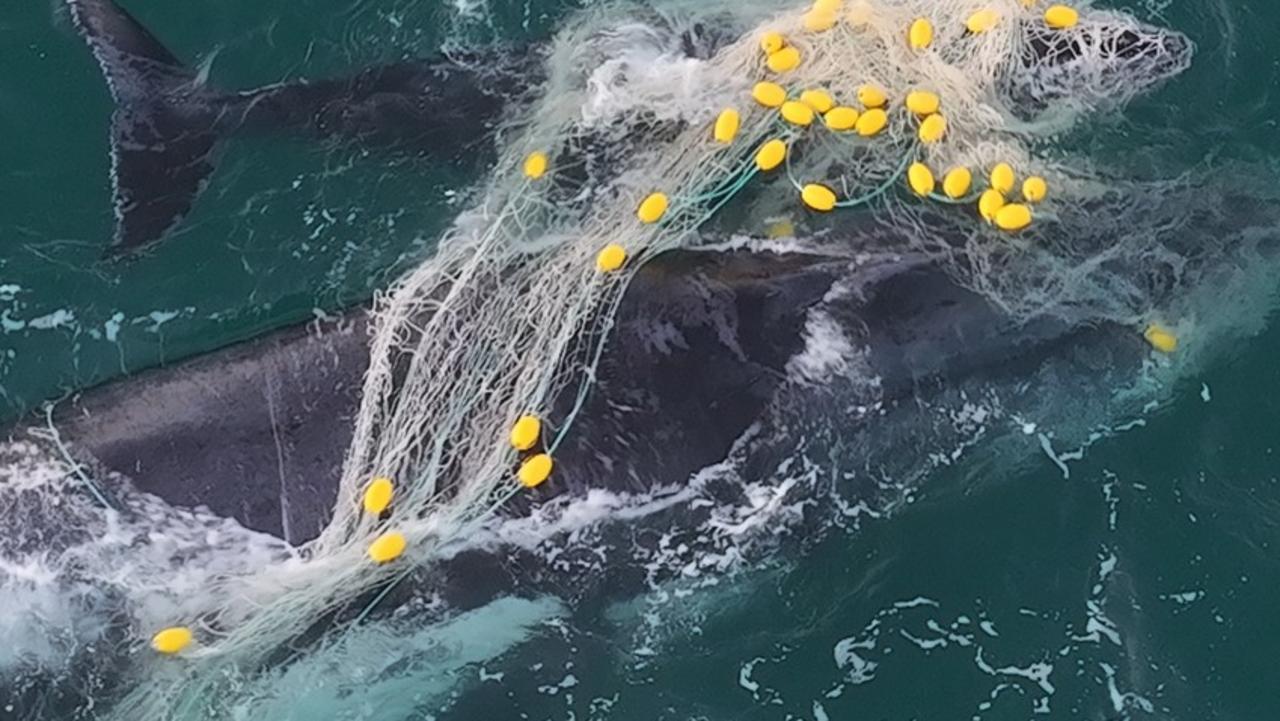
The whales were first spotted trapped in shark nets off Noosa on Wednesday, with the calf at serious risk of drowning.
Rescue efforts were delayed during the afternoon, with authorities initially deeming the operation too dangerous to attempt until nightfall.
The whales were finally freed near 11.45pm, but the calf seemed to have become more entangled during the seven-hour delay, raising ongoing concerns for its wellbeing.
Humane World for Animals Australia has called on the Queensland government and Premier David Crisafulli to act urgently, as it is the second mother-calf humpback pair to become entangled in shark nets within just days.
Humane World for Animals Australia marine biologist Lawrence Chlebeck said the ordeal could have lasting consequences for the whales.
“We were relieved to hear that authorities freed this mother and calf overnight, but the struggle and energy expended will impact their ability to reach their feeding grounds in the Southern Ocean this summer,” Mr Chlebeck said.
The organisation says the incident comes days after another mother-calf pair was caught in shark nets near Rainbow Beach. That pair has since been located in Hervey Bay after dragging the nets more than 100km, with disentanglement efforts still underway.
Humane World for Animals Australia has called the nets “useless and destructive,” warning of further tragedies if the government does not remove them.
Queensland’s shark control program currently operates 27 culling nets along southeast beaches and 383 lethal drumlines from the New South Wales border to Cairns.
Designed to entangle and kill sharks, the nets are not barriers and are notorious for trapping harmless marine wildlife.
The recent entanglements come amid an $88m expansion of Queensland’s shark control program, which includes nets, drumlines and drones.
According to RSPCA Queensland, shark nets and drumlines in the state’s Shark Control Program captured 1639 marine animals in 2024 alone, with more than 980 dying, often from drowning or severe injuries sustained after entanglement. The victims included a wide range of non-target species such as dolphins, turtles, rays, and whales.
The Crisafulli Government said it had “prioritised beach goers’ safety” with the largest investment in Queensland’s Shark Control Program in the state’s history.
Minister for Primary Industries Tony Perrett said the investment “puts swimmer safety first”.
“We’re striking the right balance between ensuring swimmer safety and maintaining a healthy marine environment, as well as upholding Queensland’s international tourism reputation as a safe place to enjoy some of the best beaches in the world,” Mr Perrett said.
According to the government, qualified experts in marine fields were consulted for the KPMG Shark Control Program Evaluation Report.
“The report found it’s likely shark control equipment, such as drumlines and nets, contributed to substantially lower shark attacks where it is operational,” the government said in a statement.
While the government said these measures are to protect swimmers, conservationists say the program is outdated and dangerous for marine animals.
Jonathan Clark from Sea Shepherd Australia said the “lethal methods don’t protect people”.
“We need shark nets removed and to focus on modern technologies like drones and public education to make beaches safer without killing wildlife,” Mr Clark said.
